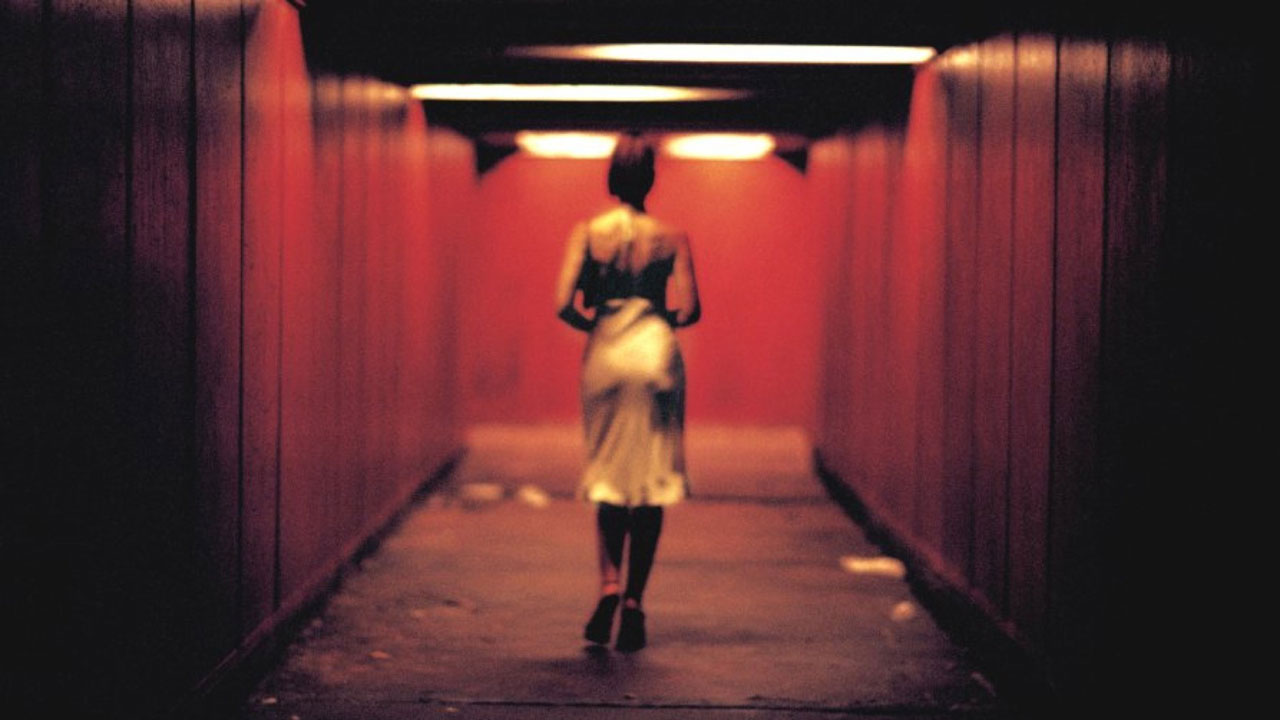
When talking about some of the most shocking scenes in cinematic history, it is easy to connect it to plot twists and big reveals by the end of the film. However, although such things might also be a part of the shock or the cause hereof, this list concerns itself with standalone scenes that shocked, and therefore not necessarily overall shocking films in and of itself, but rather scenes that stood out to audiences.
The element of shock could be due to the time in which it was made, a sudden shift in genre and mood of the film, or a scene that has the audience discussing and arguing for hours afterwards. Basically, they are the scenes that have made great impressions on its viewers, and shocked them with their horror, suddenness, emotions, and bluntness.
With this list, it is especially necessary to warn the reader that some of these scenes are essential to their films, and therefore can spoil quite a lot. Therefore, if you should see a film listed that you have yet to watch, you might consider doing yourself the favour of skipping past that one.
Throughout history, many films have shocked their audiences, and almost any film has a scene or two that really stands out from the rest. With that being said, this is a collection of those films that seem to have continuously stunned and amazed filmgoers through time, and which are generally often brought up in conversations about shocking scenes in film.
20. Quint on the boat (Jaws, 1975)
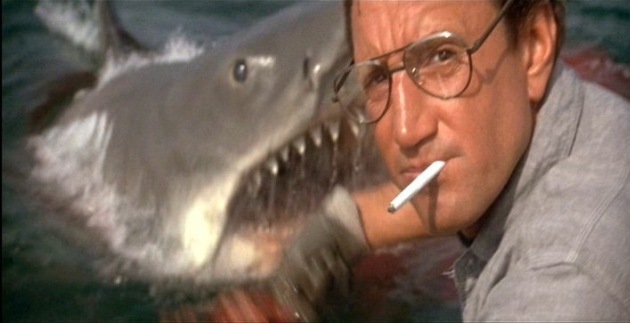
The scene: The giant great white shark suddenly attacks the boat on which Quint, Hooper and Brody are. They all try to hold on to different things as the boat starts to capsize, but Quint unfortunately loses his grip, and ends up falling into the jaws of the shark, where he is instantly devoured.
Why: It’s the combination of the shock of actually losing a main character so suddenly, and then the graphic way of doing it to boot, that secures this scene a place on the list. The screaming of Robert Shaw’s character Quint is extremely intense, there’s blood everywhere, and the horror of Martin Brody who can do nothing but helplessly look on as his obnoxious but also charming friend dies, gives this scene a big impact.
Although the mechanics of the fake shark may become more and more obvious as time passes, there’s no doubt that when watching “Jaws” for the first time, this scene will still come as quite a shock.
19. The window (Ida, 2013)
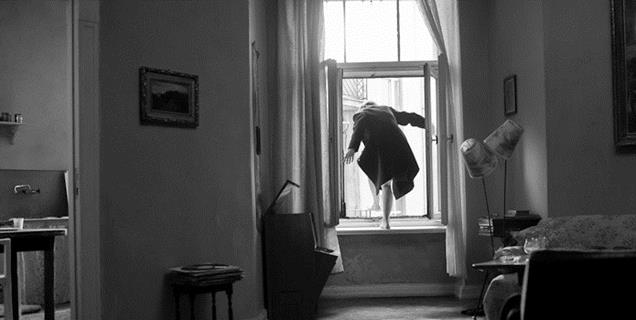
The scene: Wanda is deeply affected by the experience she has had trying to show her niece Ida a less conservative and religious lifestyle, and she is affected by her past when she lost both her son and sister. She tries to go back to her everyday life of drinking and having casual sex, but ends up in this scene jumping out the window of her apartment.
Why: One of the newer and maybe lesser-known editions to the list, “Ida” stands out in this case with its lack of drama. The audience is still presented with the theme of death and sorrow – which in itself is often shocking – but what is remarkable and memorable here isn’t the gore or the screams, but rather the suddenness and subtle way of how Wanda jumps out the window and commits suicide. The camera is static and positioned in the corner of the room, facing the window.
Everything is still, and it makes the viewer acutely aware of every detail and movement. It beckons us to notice the room and the scene. It makes us observe the abnormality in the very normal. And then, when time has gone by and has been drawn out, that’s when Wanda, breaking her calm attempts at a daily routine, jumps out the window, and leaves the audiences speechless.
18. Russian roulette (The Deer Hunter, 1978)
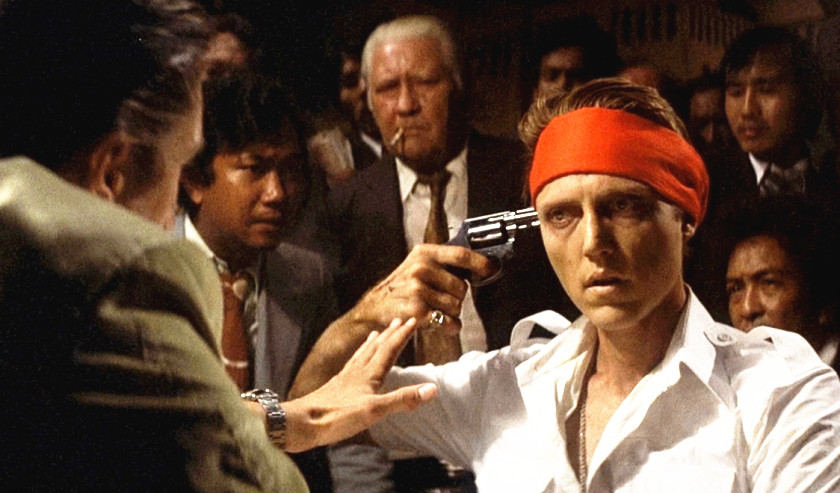
The scene: Michael, Steven and Nick are forced by their Vietnamese captors to play an intense game of Russian Roulette for their lives. They switch amongst each other to take the next shot, just hoping not to be the unlucky one who gets the single bullet in the gun. Finally, Michael makes an attempt to flee before it’s too late for them.
Why: Although the scene sparked certain controversy after its release in a debate of whether or not this kind of torture actually happened during the war, the scene is successful in its depiction of random violence and the mental challenges many men of war experience.
The scene gives a certain look into how war may affect the soldiers involved psychologically, and as well, it’s extremely nerve-wracking as an audience to wait for the sound of the gun actually firing off. It’s this combination of horror and adrenaline, wanting to look away but not quite being able to, that makes this scene so gripping, memorable, and shocking.
17. Ankles (Misery, 1990)
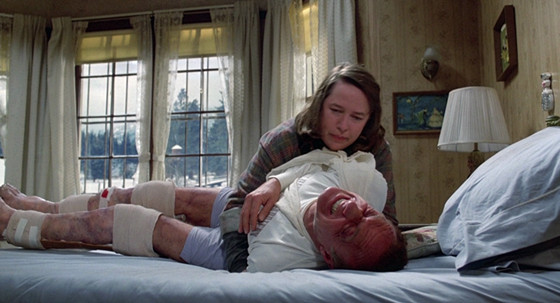
The scene: After the author Paul realizes that Annie, his forced-upon caregiver, is deeply troubled in many ways, Paul tries his best to escape her capture. However, one morning he wakes up to find himself strapped to his bed, and Annie furious with him since she’s found out that he has been out of his room. To avoid any such thing happening again, Annie takes a sledgehammer and breaks both his ankles with it.
Why: In this particular scene, there’s a slow realization that Annie knows much more than Paul and maybe even the audience thought, and then there’s the realization of just how insane she actually is, and what measures she will go to to ensure he won’t leave his room again. As the audience, you feel her presence and power creeping in on you, and when the loud sound of her breaking the first ankle finally reaches your ears, there are few things more shocking or appalling.
16. The elevator (The Departed, 2006)
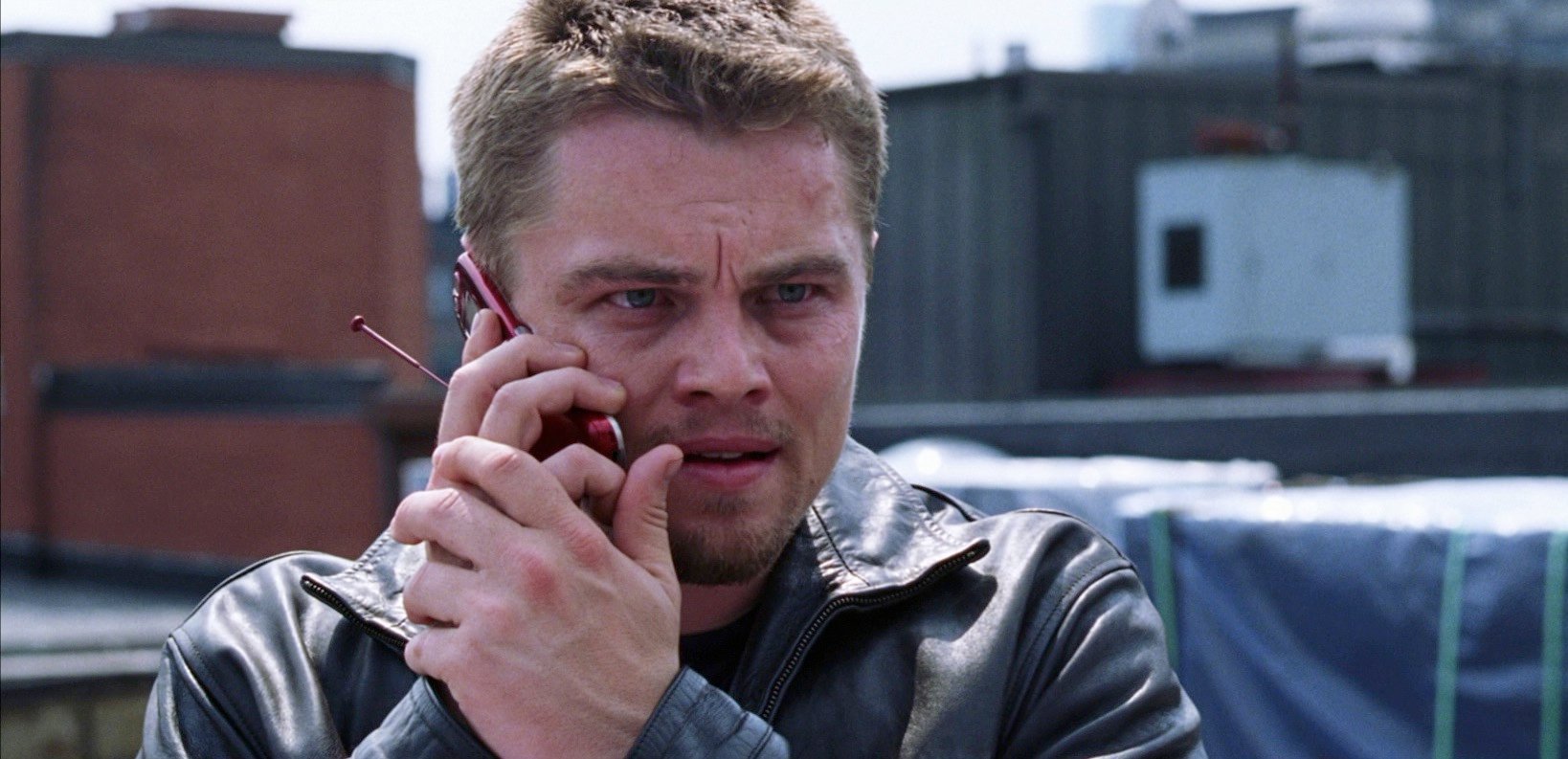
The scene: Trooper Brown has just, although pulling a gun on Costigan, let Costigan take Sullivan down to the ground floor with the elevator. Just as the two of them in the elevator, Sullivan breaks down and asks Costigan to kill him. However, as they reach the ground floor and Costigan steps out about to drag Sullivan along with him to the police station, Costigan is shot in the head by Trooper Barrigan.
Barrigan then reveals to Sullivan that he was also a rat, and when Brown reaches the ground floor, Barrigan also shoots him. Finally, Sullivan kills Barrigan when he looks the other way, leaving no witnesses.
Why: The film, and this scene, of course owes much credit to the film “Infernal Affairs” (2002). However, for the people who hadn’t seen the Hong Kong film, the elevator scene in “The Departed” was extremely shocking in many ways. First and foremost, it is the suddenness and bluntness of how Costigan is shot, which seems to come almost out of nowhere.
This might also be one of the reasons why Scorsese’s version of the scene stands out and shocks even more than its predecessor, because we in “Infernal Affairs,” we only see the dying Chen after we hear the shot and there’s a blackout. In this newer version of the scene, Costigan just simply dies. Like that. There are no flashbacks or emotional breaks, it’s just cold-hearted.
Even more shocking is the fact that it’s a big actor such as Leonardo DiCaprio, and because his character had such a long and redeeming journey leading up to this, for which he was so close to getting rewarded. It’s abrupt and shocking, and then when two more men and fairly big characters are killed in almost the same fashion a few seconds afterwards, it just underlines the brutal effect of the scene.
15. The cause for running (Wind River, 2017)
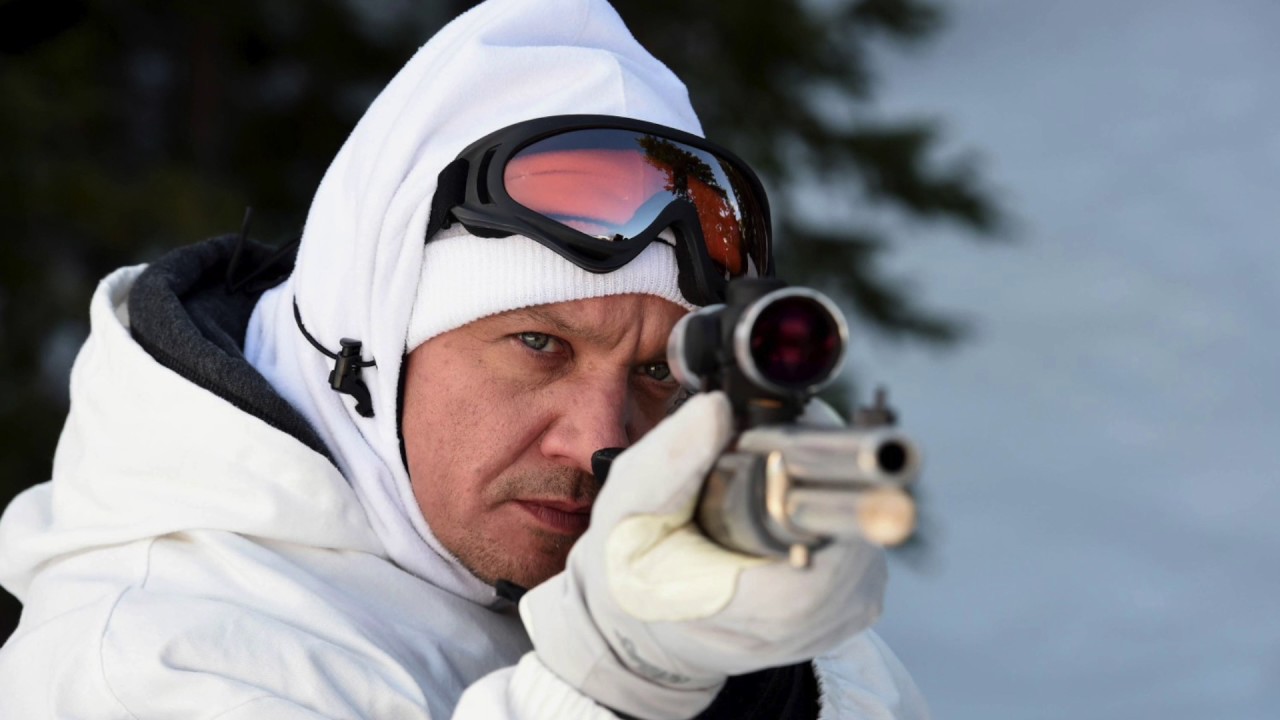
The scene: A flashback depicts Natalie in bed with Matt in his trailer. Unexpectedly, his colleagues come home to the trailer before expected. They’ve had a long night of hard drinking and Pete, a particularly vulgar crewmember, notices that Natalie is on a visit. He becomes loud and makes sexual remarks about her, even trying to actually sexually assault her, which results in Matt being provoked enough to take action and respond with violence.
The other crew members try to hold Matt off in the beginning, but end up just beating him down. Meanwhile, Pete rapes Natalie in front of the others. Matt tries one last time to fight back, which gives Natalie time to try and run away. In the end, she escapes while Matt is beaten to death.
Why: Although the newest edition to this list and therefore a scene that has yet to show if it truly will stand the test of time, there’s definitely something both shocking and vile about the scene. When watching the film, one cannot escape the graphics of the rape and beating, and the sense of pure injustice for both Natalie and Matt is extremely frustrating.
The scene is long, intense, and somewhat explicit – we don’t just hear about the rape or see the body, as you so often do when the subject is rape – we actually see it happen. It truly shows the cruelty of some human being’s desires and what they will do to please themselves, and it shows the reality of how difficult it can be to escape. It’s a scene that stays with you.